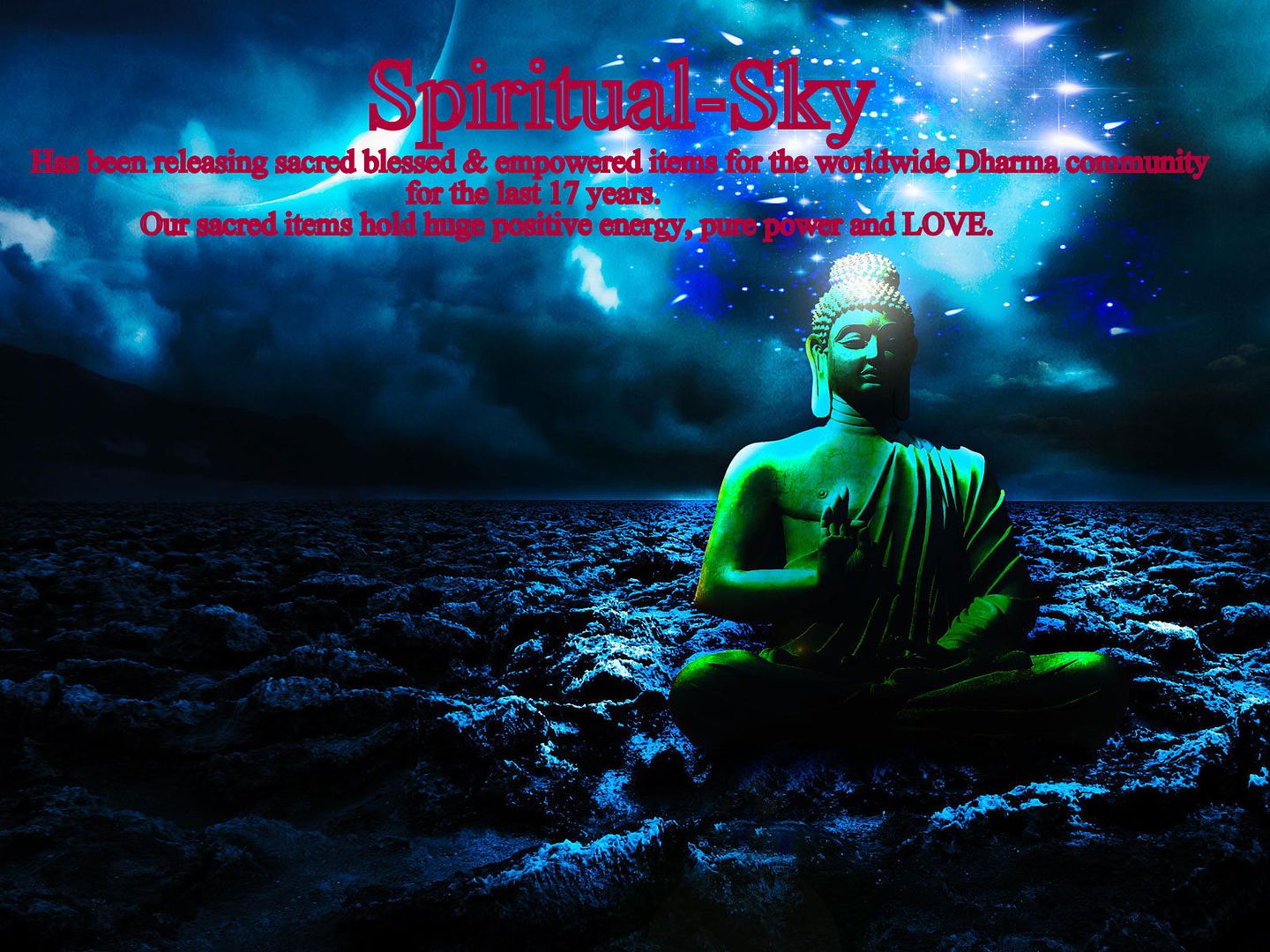TIBETAN GOLDEN SILK THREAD EMBROIDERED THANGKA.
This is a new and modern Thankgka from Tibet.
2 foot x 1 foot 4 inches
A Thangka can also be spelt and called a Thanka, a Tangka and a Tanka. A Thangka is a Tibetan Buddhist tapestry, embroidery
or painting usually on cotton or silk. It usually depicts a Buddhist deity or
scene. Thangkas are traditionally kept unframed and rolled up when not on
display, mounted on a textile backing somewhat in the style of Chinese scroll paintings,
with a further silk cover on the front because of this thangkas can last a very
long time, but because of their delicate nature, they have to be kept in dry
places where moisture will not affect the quality of the silk. Most thangkas
are relatively small, comparable in size to a Western half-length portrait, but
some are extremely large, several metres in each dimension; these were designed
to be displayed, typically for very brief periods on a monastery wall, as part
of religious festivals. Most thangkas were intended for personal meditation or
instruction of monastic students. They often have elaborate compositions
including many very small figures. A central deity is often surrounded by other
identified figures in a symmetrical composition. Thangkas serve as important
teaching tools depicting the life of the Buddha, various influential lamas and
other deities. A Thangka performs several different functions. Images of
deities can be used as teaching tools when depicting the life (or lives) of the
Buddha, describing historical events concerning important Lamas, or retelling
myths associated with other deities. Devotional images act as the centrepiece
during a ritual or ceremony and are often used as mediums through which one can
offer prayers or make requests. Overall, and perhaps most importantly,
religious art is used as a meditation tool to help bring one further down the
path to enlightenment.

